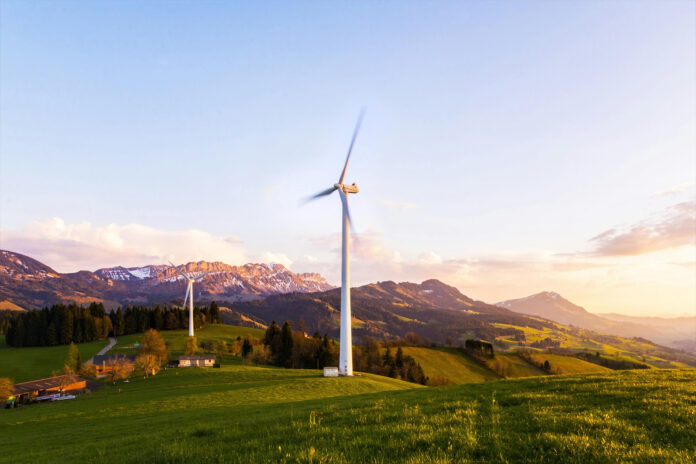As the world grapples with the need for sustainable energy sources, renewable energy solutions have emerged as a beacon of hope for a greener and more sustainable future. In this article, we’ll explore key facts about renewable energy, shedding light on the diverse technologies and initiatives that are driving the transition towards a cleaner and more environmentally friendly energy landscape.
Diverse Renewable Sources
Renewable energy solutions encompass a wide array of sources, including solar, wind, hydroelectric, geothermal, and biomass. Each of these sources offers unique advantages, contributing to a diversified and resilient energy portfolio.
Solar Power Dominance
Solar power stands out as a leading force in the renewable energy revolution. Photovoltaic (PV) technology harnesses sunlight to generate electricity, and solar panels have become increasingly affordable and efficient. Solar energy is abundant, scalable, and can be harnessed on a small scale (residential) or a large scale (utility-scale solar farms).
Wind Energy’s Soaring Potential
Wind energy is another major player in the renewable energy sector. Wind turbines convert kinetic energy from the wind into electricity. As technology advances, the efficiency and capacity of wind turbines continue to increase, making wind energy an increasingly viable and cost-effective solution.
Hydroelectric Power’s Legacy
Hydroelectric power, generated from the movement of water, has a long history as a renewable energy source. Large-scale hydroelectric dams, like the Three Gorges Dam in China, can generate massive amounts of electricity, providing a stable and consistent power supply.
Geothermal Energy’s Underground Potential
Geothermal energy taps into the Earth’s internal heat, utilizing steam or hot water to generate electricity. This sustainable energy source is particularly prominent in regions with active geothermal features, such as Iceland and parts of the United States.
Biomass and Bioenergy
Biomass, derived from organic materials like wood, crop residues, and waste, can be converted into bioenergy. Bioenergy includes biofuels and biogas, providing alternatives to traditional fossil fuels for transportation and heating.
Technological Advances Driving Affordability
Technological advancements in renewable energy solutions have significantly lowered costs, making them increasingly competitive with traditional fossil fuels. The decreasing cost of solar panels, more efficient wind turbines, and advancements in energy storage technologies contribute to the economic viability of renewable energy.
Decentralized Energy Systems
Renewable energy solutions enable the development of decentralized energy systems, empowering communities to generate their own power. Rooftop solar panels, small-scale wind turbines, and community-based energy projects promote energy independence and resilience.
Environmental Benefits
Choosing renewable energy over conventional sources has substantial environmental benefits. By reducing reliance on fossil fuels, renewable energy solutions contribute to lower greenhouse gas emissions, improved air quality, and a reduced ecological footprint.
Global Transition and Policy Support
Countries worldwide are increasingly recognizing the importance of transitioning to renewable energy. Government policies, incentives, and international agreements, such as the Paris Agreement, support the adoption of renewable energy solutions to combat climate change and promote sustainable development.
Conclusion
Renewable energy solutions represent a transformative force in the quest for a sustainable and cleaner energy future. These facts highlight the diverse sources, technological advancements, and global initiatives that are shaping the landscape of renewable energy. As the world continues to prioritize sustainability, the momentum behind renewable energy solutions is poised to drive positive change and create a resilient and eco-friendly energy infrastructure for generations to come.

